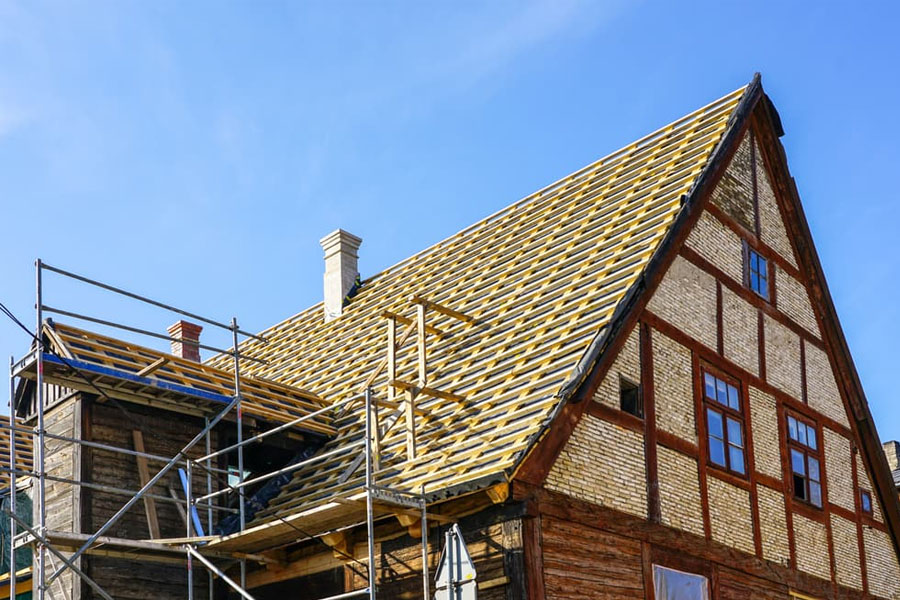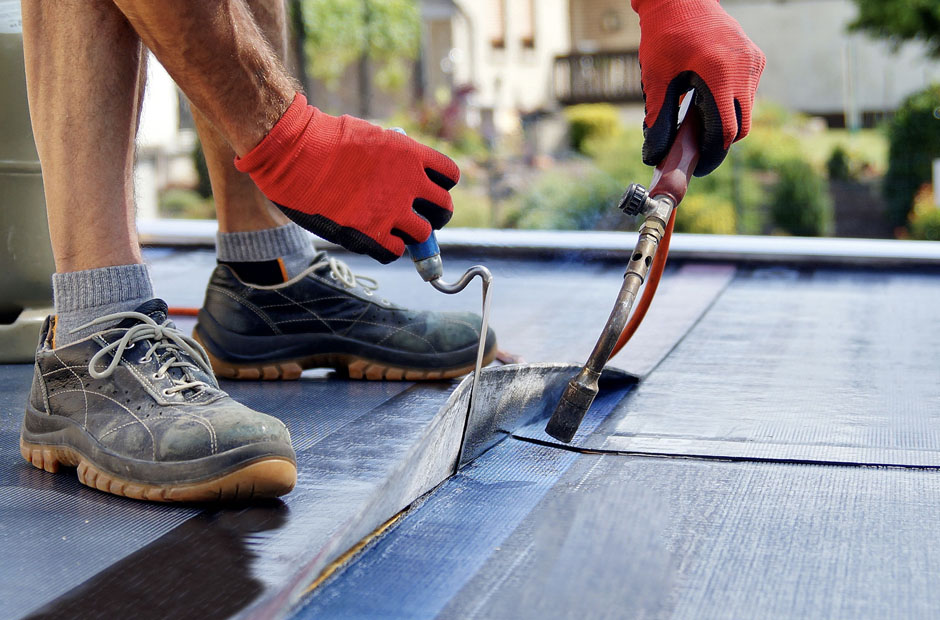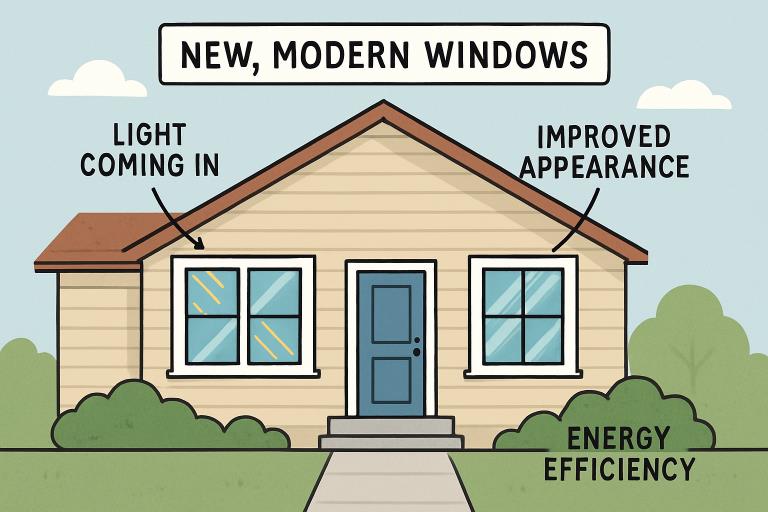Now Reading: Restoring an Old Home’s Roof: Preserving Historic Farmhouse Charm
-
01
Restoring an Old Home’s Roof: Preserving Historic Farmhouse Charm
Restoring an Old Home’s Roof: Preserving Historic Farmhouse Charm

Assessing the Old Roof: Repair or Replace?
Start by looking closely — and I mean climb up (safely) or hire someone who knows old roofs. Look for missing or broken shingles, ongoing leaks, sagging rafters, and water stains in the attic; scattered damage can often be repaired, but widespread rot, structural sag, or repeated leaks usually mean a full replacement is the safer move. Historic homes were re-roofed in different eras, so what you see now might not be original; asphalt from the mid-20th century often covered older wood, slate, or metal beneath. If your house sits inside a historic district, matching the original roof’s shape and appearance isn’t just tasteful — it may be required, so factor local preservation guidelines into the decision early. And remember: a carefully chosen new roof that honors the period can boost both curb appeal and long-term value, so replacing for the right reasons is preservation, not loss.
Choosing Authentic Materials (Wood, Metal, Slate) for Historic Charm
The material is the visual soul of a roof. Cedar shakes and shingles read as classic farmhouse and Victorian; their texture and uneven lines weather into a soft, lived-in gray that suits historic facades, and modern treatment options help them resist rot and fire. Standing-seam metal channels the barn-and-farm look — narrow ribs, matte paint in deep greens, reds, or grays — and gives you extreme longevity with a slim, lightweight profile. Slate speaks the language of high-style Victorians: stone tiles with subtle color variation that last a century when installed on a structure that can carry the weight. If budget or structural limits bite, today’s composite shingle and synthetic slate options mimic the look convincingly from the street while cutting weight and cost. Whatever you choose, prioritize a product whose color, profile, and texture read as period-appropriate; from the sidewalk, authenticity is often about silhouette and shadow more than the material’s chemistry.
Maintaining Historic Character with Modern Construction Techniques
You don’t have to sacrifice performance for authenticity — the trick is to hide the upgrades. Underlayment technology has come a long way; a modern synthetic or felt secondary barrier under wood, metal, or slate won’t be seen, but it will prevent leaks and protect sheathing for decades. While the roof is open, add insulation or correct ventilation to stop ice, condensation, and heat loss — but do it thoughtfully, because historic assemblies need to breathe to avoid trapping moisture. Salvaging original tiles or details and reusing them on the most visible elevations keeps patina and history intact, while new matching materials can be used elsewhere. Don’t skip the trim: copper flashing, ridge cresting, patterned gable shingles, or a recreated drip edge are small details that signal authenticity and keep the house reading as one era-cohesive piece. In short: modern methods behind the scenes; historic looks up front.
Working with Craftspeople Who Get Old Houses
Not every general roofer understands the nuances of 19th-century materials or how to make modern materials behave like antiques. Seek out contractors with historic restoration experience — those who know how to stagger slate for natural variation, how to cut cedar so it reads hand-split, or how to fasten metal with period profiles. Experienced teams will also check roof framing for hidden weaknesses and recommend reinforcement if you plan to change to a heavier covering, like slate. A skilled crew treats the project as both preservation and engineering: they protect the building’s bones while recreating the look that makes the house sing.
Bringing Back the Charm — Success Stories
Think of the house at the corner of the street where people slow down when they pass; that effect is achievable. One common success is resurrecting visible elevations with cedar shakes while economizing on rear additions with heritage-look asphalt — the curb view restores the era’s character without blowing the budget. Another is swapping patched, rusty tin for a standing-seam metal in a matte, historically sympathetic color and recreating old edge details so the roof reads as if it had aged naturally. These projects prove that restoration is a balance of authenticity, selective investment, and craftsmanship — the payoff is visual harmony plus a roof that performs like new.
Protecting the Past for the Future
A roof is a device that keeps water out and history visible, and the smartest restorations honor both functions. Use period-appropriate materials or convincing replicas, add modern underlayment and insulation where it won’t change the exterior, and preserve or recreate the decorative details that define the house’s personality. When done right, the roof protects the structure while preserving the story the building tells — the same farmhouse or Victorian silhouette, but with a new backbone that will shelter the next generation.
FAQ
How do I know whether to repair or replace my historic roof?
If damage is localized and the structure is sound, targeted repairs often suffice; widespread deterioration, sagging, or repeated leaks usually call for full replacement.
Can modern materials still look historic?
Yes — many modern metals, treated cedars, and synthetic slates convincingly mimic historic materials while offering better durability and code compliance.
Are cedar shakes a practical choice today?
Cedar provides authentic texture and beautiful aging, and when treated or maintained it performs well, though it requires more upkeep than metal or slate.
Do I need approval from a historic commission for roofing work?
If your home lies in a designated historic district, you should consult local guidelines early, as many commissions require like-for-like appearances for visible roofs.
How can I improve weather protection without altering appearance?
Install modern underlayment, correct attic insulation and ventilation, and use discreet flashing techniques so weatherproofing is invisible from the street.





















